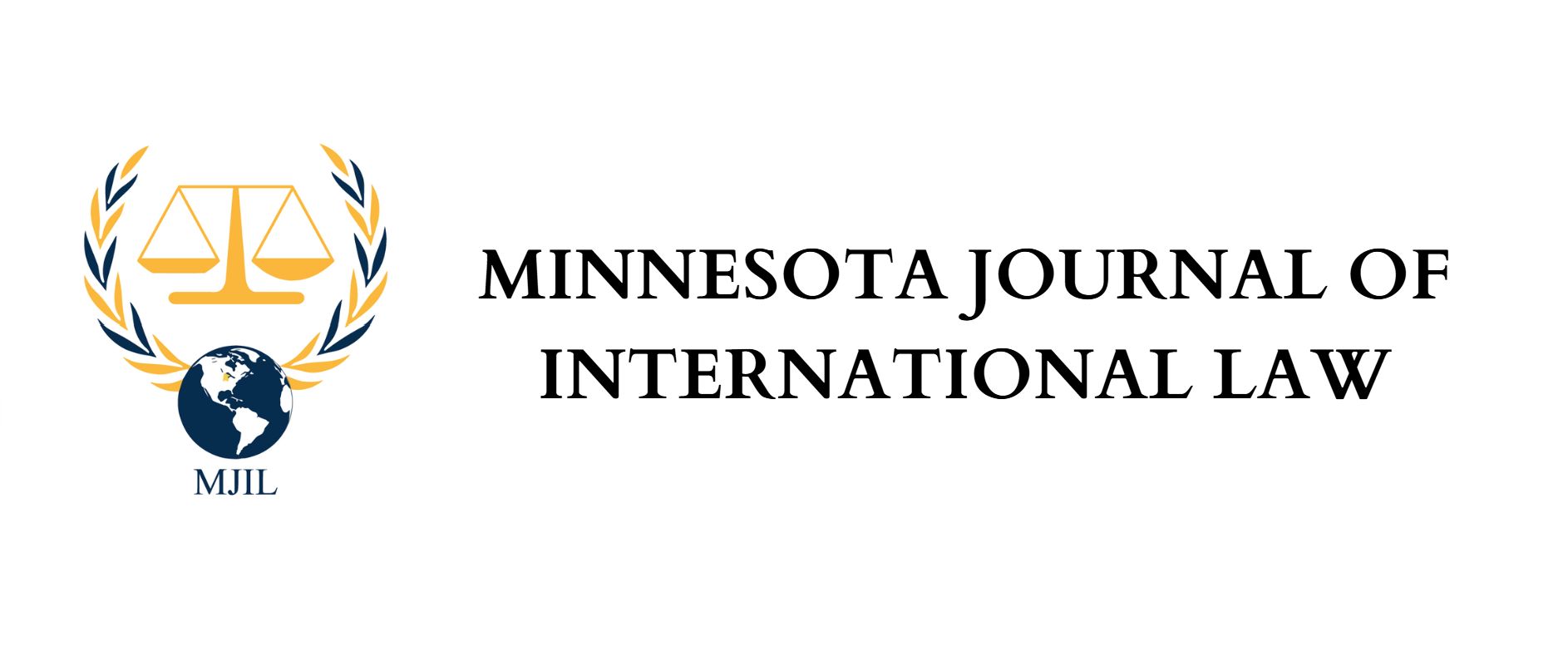By Grant Newman
In September, President Biden reiterated he would send U.S. forces to Taiwan if there was an unprecedented attack, calling into question the United States’ “strategic ambiguity” policy after Nancy Pelosi’s visit to Taiwan was met with a display of Chinese military exercises. [1] Fear of a potential clash between the world’s two superpowers ensued. Taiwan’s critical role in the semiconductor global supply chain may explain the game of geopolitical chicken.
Taiwan Semiconductor Company (“TSMC”) accounted for 54% of global foundry revenue in 2020.[2] While U.S. firms lead the way on design, they license a significant portion of manufacturing to TSMC. This has led to the attrition of American semiconductor manufacturing capacity from a 40% global share in 1990 to just 12% in 2020.[3] Critically, TSMC is often the only option for chip design companies that want to develop the most cutting-edge chips.[4] So long as TSMC maintains a lead in manufacturing the fastest, most energy efficient chips, U.S. companies that wish to be at the forefront of technology largely depend on TSMC and the security of Taiwan.[5]
The Creating Helpful Incentives to Produce Semiconductors and Science Act of 2022 (“CHIPS and Science Act”), signed into law on August 9, 2022, seeks to secure the United States’ supply of semiconductors.[6] The act aims to boost domestic production by earmarking $52 billion of grants, loan guarantees, and a 25% tax credit for domestic chip manufacturers.[7] However, Intel, although originally thought to be the bill’s largest beneficiary[8], has consistently lagged behind TSMC in recent years.[9] As each advancement in the next generation of chips requires exponentially more capital expenditure, the high technical barriers and capital requirements leads analysts to expect TSMC to maintain, if not extend, its lead over the next decade or so.[10]
Perhaps for this reason, the U.S. has also been encouraging foreign investment foundries even among vast domestic investments.[11] TSMC is building a $12 billion plant in Phoenix, Arizona, which aims to produce 5 nanometer chips in 2024–-something TSMC is already producing–-keeping Taiwan one step ahead in manufacturing next generation chips.[12] These initiatives, therefore, may build a safety net in the supply chain for critical semiconductors but is unlikely to dismantle the strategic importance of Taiwan.
The U.S. may look to couple this safety net by raising the stakes of a potential Chinese takeover of Taiwan. Notably, the CHIPS and Science Act already has a provision which seeks to curb Chinese efforts to bolster domestic manufacturing of semiconductor, effectively aiming to maintain Chinese dependence on Taiwan for supply manufactured chips.[13] Additionally, the Biden administration appears to be upping the ante of a potential takeover by 1) making it too costly for China to invade[14] and 2) heightening the impact of potential sanctions by opening trade negotiations[15] with Taiwan, thereby encouraging other countries to follow suit.[16] Still, the Biden administration’s concerted efforts to deepen ties with Taiwan, may be implicit acknowledgment that the U.S. has a long way to go to catch up to Taiwan’s semiconductor manufacturing expertise.
[1] Sarah Wu, Analysis: Chip Industry Rethinks Taiwan Risk After Pelosi Visit but Options Limited, Reuters (Oct. 7, 2022), https://www.reuters.com/technology/chip-industry-rethinks-taiwan-risk-after-pelosi-visit-options-limited-2022-10-07.
[2] Yen Nee Lee, 2 Charts Show How Much the World Depends on Taiwan for Semiconductors, CNBC (Mar. 15, 2021), https://www.cnbc.com/2021/03/16/2-charts-show-how-much-the-world-depends-on-taiwan-for-semiconductors.html. For more on TSCM’s business model, see Martim Maria de Bettencourt Nicolau e Lucas, Probably the Most Successful Company You’ve Never Heard of: Building the Chips that Power the Modern World (Jan. 11, 2022) (M.A. Dissertation, Nova School of Business and Economics).
[3] Gregory Arcuri & Samantha Lu, Taiwan’s Semiconductor Dominance: Implications for Cross-Strait Relations and the Prospect of Forceful Unification, Center for Strategic & International Studies (Mar. 22, 2022), https://www.csis.org/blogs/perspectives-innovation/taiwans-semiconductor-dominance-implications-cross-strait-relations.
[4] John Lee & Jan-Peter Kleinhans, Taiwan, Chips, and Geopolitics: Part 1, DIPLOMAT (Dec. 10, 2020), https://thediplomat.com/2020/12/taiwan-chips-and-geopolitics-part-1. (Samsung is TSMC’s only competitor when it relates to manufacturing the smallest chips but because Samsung also designs and sells its own chips, design companies are wary of collaboration); How TSMC has Mastered the Geopolitics of Chipmaking, Economist (Apr. 29, 2021), https://www.economist.com/business/2021/04/29/how-tsmc-has-mastered-the-geopolitics-of-chipmaking (explaining TSCM controls 84% of the market for the smallest, most efficient circuits).
[5] 5nm Technology, TSMC, https://www.tsmc.com/english/dedicatedFoundry/technology/logic/l_5nm (last visited Oct. 7, 2022) (5nm chips are used for smartphone and high-performance computing applications); see e.g., Linley Gwennap, Apple’s 5 Nanometer Chip is Another Signpost that Moore’s Law is Running Out, Forbes (Oct. 12, 2020), https://www.forbes.com/sites/linleygwennap/2020/10/12/apple-moores-law-is-running-out/?sh=28b25107529a.
[6] H.R. Res. 4346 117th Cong. (2022) (enacted).
[7] Id.; Milton Ezrati, The CHIPS Bill: Some for Semiconductors, All to Enhance Washington’s Control, Forbes (Aug. 21, 2022), https://www.forbes.com/sites/miltonezrati/2022/08/21/the-chips-bill-some-for-semiconductors-all-to-enhance-washingtons-control/?sh=33d8252769ce.
[8] Id.
[9] Howard Yu, Commentary: Intel, Once King of Microchips, is Now Far Behind Competitors, Channel News Asia (Feb. 5, 2022), https://www.channelnewsasia.com/commentary/intel-chip-semiconductor-shortage-pc-phone-tsmc-qualcomm-2478686.
[10] Phelix Lee, Morningstar Equity Rsch., Taiwan Semiconductor Manufacturing Co Ltd: Economic Moat (2022).
[11]Sarah Wu, U.S. to Discuss New Chips Bill with Taiwan Next Month, Reuters (Sept. 13, 2022), https://www.reuters.com/technology/us-discuss-new-chips-bill-with-taiwan-next-month-2022-09-14.
[12] Lee, supra note 3 (positing the business ecosystem within Taiwan that facilitated the rise of TSMC is unlikely to be quickly replicated even with the support of the U.S. Government); Cheng Ting-Fang, TSMC Says 3-nm Chip Production to start soon Amid Supply Chain Woes, Nikkei Asia (Aug. 20, 2022), https://asia.nikkei.com/Business/Tech/Semiconductors/TSMC-says-3-nm-chip-production-to-start-soon-amid-supply-chain-woes.
[13] U.S. companies receiving subsidies under the Act are prevented from engaging in any “significant transaction…involving the material expansion of semiconductor manufacturing in the People’s Republic of China…” H.R. Res. 4346 117th Cong. (2022) (enacted).
[14] Jason Matheny, The U.S. has a Microchip Problem. Safeguarding Taiwan is the Solution, Atl. (Oct. 3, 2022), https://www.theatlantic.com/international/archive/2022/10/taiwan-microchip-supply-chain-china/671615.
[15] Joe McDonald, US to Hold Trade Talks with Taiwan in New Show of Support, AP News (Aug. 17, 2022), https://apnews.com/article/taiwan-china-united-states-beijing-global-trade-dfb72a007adcb403e7d591bab3397dd8.
[16] Rachel Oswald, Path Uncertain for US-Taiwan Free Trade Deal Despite Hill Support, Pulitzer Ctr. (Oct. 4, 2022), https://pulitzercenter.org/stories/path-uncertain-us-taiwan-free-trade-deal-despite-hill-support.
